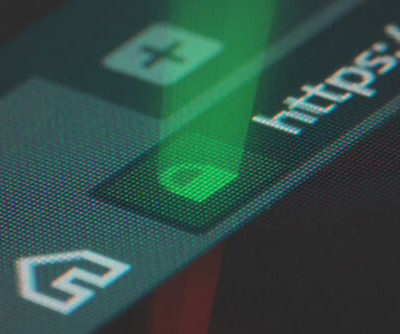Forget signatures for malware detection. SparkCognition says AI is 99% effective
Network World
APRIL 21, 2017
The notion of detecting malware by looking for malicious file signatures is obsolete. Depending on which source is cited, anywhere from 300,000 to one million new malware files are identified every day. No matter how you count it, that’s a lot of malicious software being unleased into the wild day after day.
















Let's personalize your content